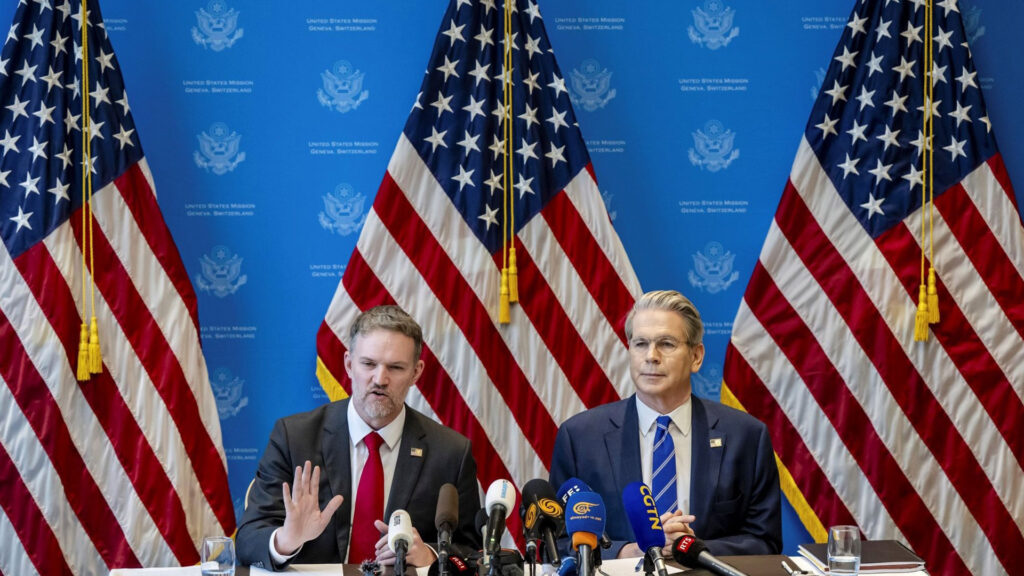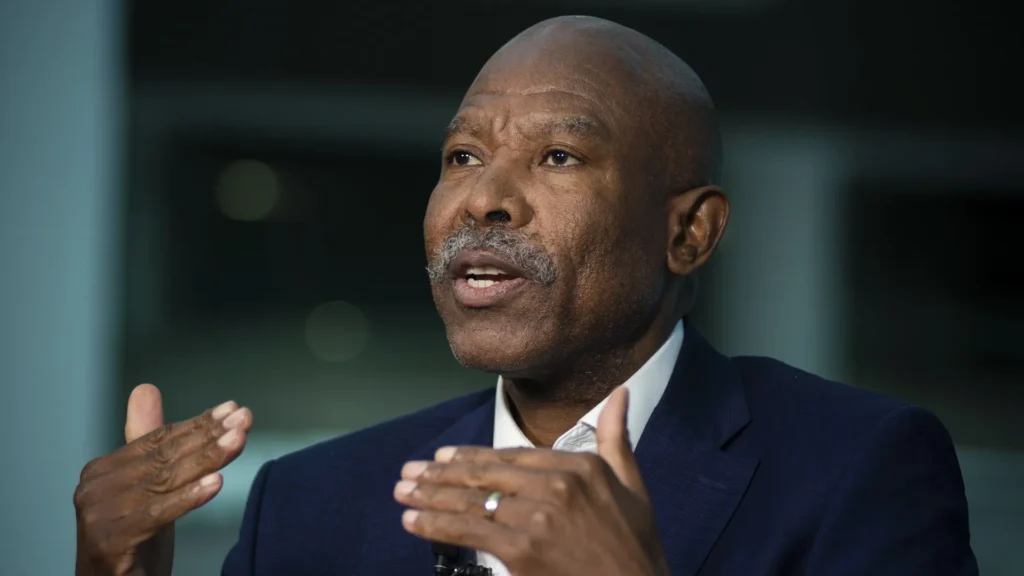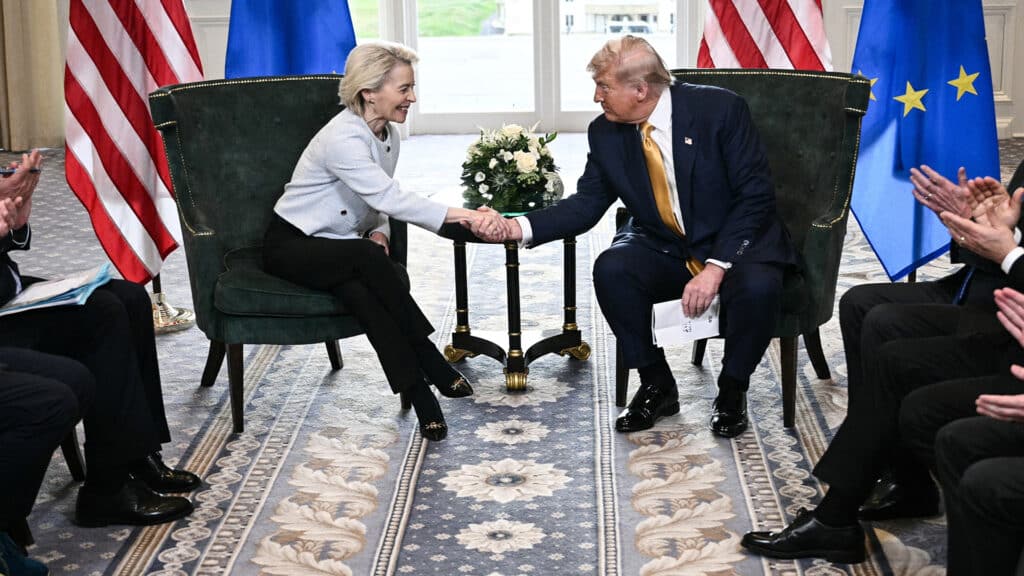In a landmark development, the United States and China have agreed to significantly reduce tariffs following productive negotiations held in Geneva, Switzerland. This move marks a pivotal step towards balancing trade relations between the two largest economies in the world.
The agreement, reached after intensive discussions facilitated by the Swiss government, represents a promising step forward in fostering a more cooperative economic partnership.
Highlights
- US and China agree to reduce reciprocal tariffs by 115%, lowering rates to 10% each.
- 90-day negotiation pause to build upon progress.
- Fentanyl trade measures remain unchanged for now, but cooperation on the issue is in progress.
- President Trump’s strategic rebalancing aims to address supply chain vulnerabilities exposed by COVID-19.
- Swiss facilitation deemed crucial for positive negotiation atmosphere.
A Landmark Decision
During the press conference, Treasury Secretary Bessent stated, “I’m happy to report that we’ve made substantial progress between the United States and China in these very important trade talks.”

He expressed gratitude to the Swiss government, emphasizing the productive environment created during the negotiations: “The Swiss government has been very kind in providing us this wonderful venue, and I think that led to a great deal of the productivity we’ve seen.”

Trade Representative Greer echoed these sentiments, highlighting the cooperative spirit of the negotiations: “It was done in the spirit of cooperation, shared interest, and mutual respect. We look forward to sharing the details with you tomorrow morning.
“He noted that both sides showed commitment to resolving trade imbalances: “This was, as the Secretary pointed out, a very constructive two days. It’s important to understand how quickly we were able to come to an agreement, which reflects that perhaps the differences were not so large as far as maybe thought.”
After months of escalating tariffs, the United States and China have agreed to de-escalate the trade conflict by significantly lowering reciprocal tariffs from 125% to 10%.
The reduction follows a 90-day pause agreement during which both nations will work to address broader trade imbalances. The move is hailed as a critical step towards reducing global economic uncertainty.
The Path to Agreement
The Geneva meeting brought together senior officials from both countries, including Treasury Secretary Bessent and Trade Representative Greer. The involvement of Chinese Vice Premier Liu and key ministers underscored the commitment of both nations to find common ground.
The reduction of tariffs follows months of tension, marked by a series of reciprocal tariff increases since April 2025.
Industry Insights
Experts believe that reducing tariffs will provide much-needed relief to businesses affected by the trade war. Manufacturers reliant on Chinese components have faced rising costs, while Chinese exporters to the US have struggled with declining demand.
Lower tariffs are expected to boost cross-border trade and improve supply chain efficiency.
Strategic Rebalancing
Secretary Bessent explained the broader economic implications: “The United States will continue moving towards a strategic rebalancing in many areas that were exposed as supply chain weaknesses during COVID.”
He reiterated the administration’s focus on maintaining resilient and secure supply chains, particularly in sectors like semiconductors and manufacturing.
Greer added, “Our goal is to create a mechanism for continued talks, a process that ensures strategic stability while reducing trade barriers.”
He emphasized the importance of establishing lasting frameworks to prevent future escalations: “Having a structured process helps us avoid the unfortunate escalations that we saw after April 2nd.”
The commitment to cooperation was also highlighted by Bessent, who remarked, “We do want trade. We want more balanced trade. And I think that both sides are committed to achieving that.”
President Trump’s economic strategy, which includes trade, tax, and deregulation, remains focused on revitalizing American manufacturing. The tariff reductions align with the administration’s long-term goal of addressing trade imbalances that have grown over the past two decades. Trade experts view this agreement as a step toward more stable economic relations between the two global powers.
Looking Ahead
With the 90-day negotiation window now open, the US and China will work towards a comprehensive agreement addressing structural issues, including intellectual property rights and market access.
The cooperation on controlling fentanyl imports, while not directly linked to tariffs, indicates a broader commitment to resolving key bilateral challenges.



